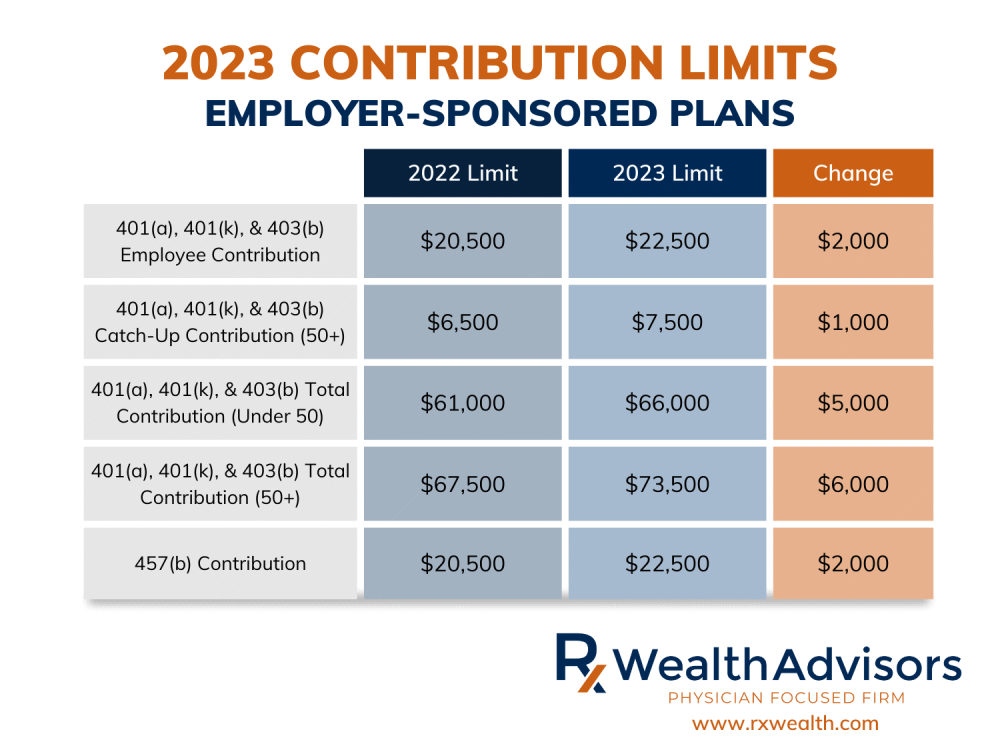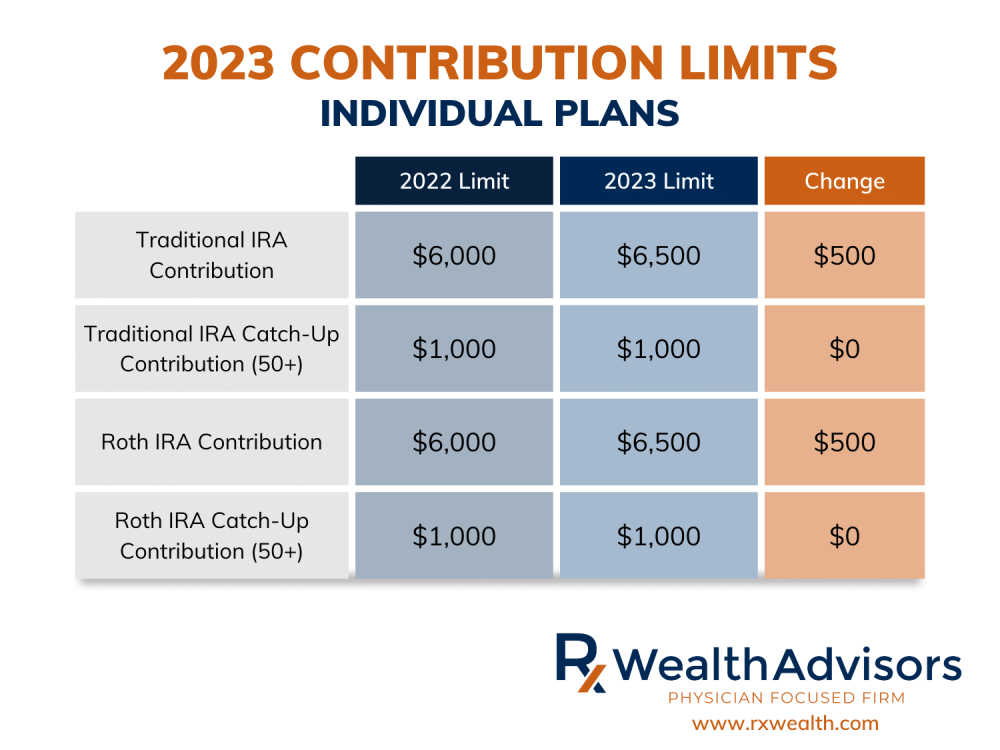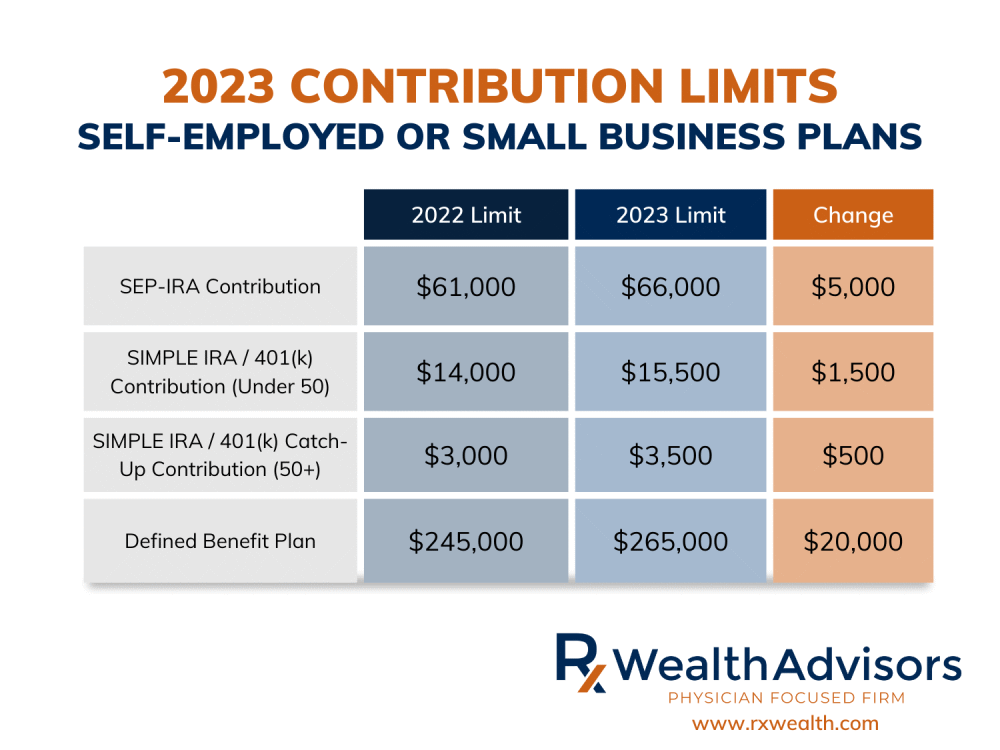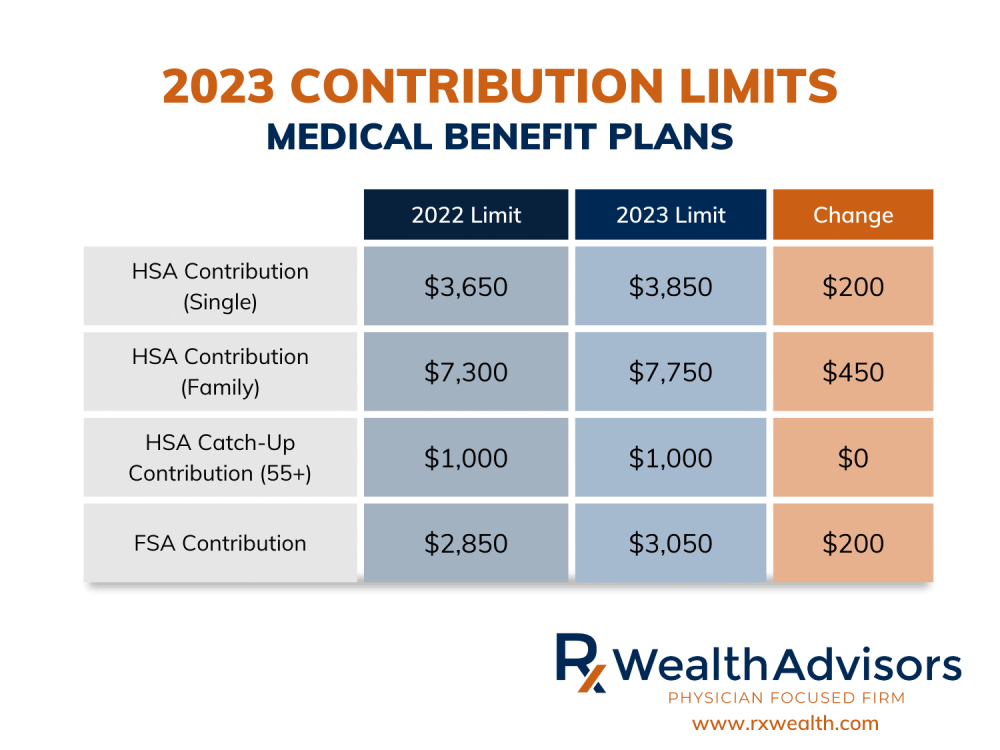By Chris J. Roe, CPA, PFS
Employee Stock Ownership Plans (ESOPs) offer an excellent succession strategy for businesses. These plans not only enable employees to share in the company’s growth and financial rewards, but they also furnish immediate tax advantages for the departing owner and continued tax benefits for the business itself.
What is an Employee Stock Ownership Plan (ESOP)?
An ESOP operates as a qualified retirement plan, subject to Employee Retirement Income Security Act (ERISA) regulations. It functions similarly to a 401(k) plan and eventually becomes the company’s owner following a sale.
The transaction’s structure is straightforward: the current owner sells their shares to the ESOP in exchange for cash and a promissory note that is paid over time. To finance the initial cash payment, both the company and the ESOP secure loans from a bank. Over time, as the business generates profit, these are used to repay the original shareholders and the bank.
Common Misconceptions about ESOPs
Despite its seeming simplicity, several misconceptions about ESOPs persist. Here are a few of them:
You will receive a lower sale price compared to selling to a third-party buyer. While this may be the case when dealing with strategic buyers or private equity firms, those with businesses difficult to sell may find ESOPs a more favorable option. Additionally, given the tax benefits of ESOPs, your after-tax proceeds may be significantly more.
You’ll lose control of the business, which will be managed by many shareholders having a say in operations. In reality, your employees, who are indirect owners via the ESOP, do not have voting rights concerning the business’s day-to-day activities. Governance falls to the ESOP Trustee and the appointed board of directors, a board the outgoing owner can lead if they wish. This arrangement ensures the former owner maintains control over operations until they decide it’s time to retire.
You’ll miss out on future growth of the business if you sell to an ESOP. While it’s true selling your stake means you won’t reap all the rewards of the business’s expansion, you can mitigate this by negotiating for warrants as part of your deal. These warrants can give you a stake in the business’s future growth, essentially providing a “second bite at the apple,” typically within a 7 to 10-year timeframe.
You won’t benefit from the tax deferral options you heard are available to C Corporation shareholders if you’re an S Corporation. In certain instances, if C corporation shareholders sell their stock to an ESOP and reinvest 100% of the sale price in qualified securities (basically US stocks and bonds), the capital gain realized will be deferred until a security bought with the proceeds is sold. This benefit does not currently exist when selling S corporation stock. Nonetheless, with adequate planning, you may convert from an S Corporation to a C Corporation before the sale to take advantage of tax deferrals. Additionally, there may be strategies that allow you to switch back to S corporation status, enabling you to defer taxes on income related to the ESOP shares until employees start receiving distributions. Be aware, the IRS has a keen eye for scrutinizing any transaction where corporate reorganizations are done solely for tax benefits.
ESOP ownership and covering the debt to former owners and banks will hamper growth. Contrary to this belief, if the ESOP owns a substantial portion of the S Corporation, the company could experience roughly a 30% boost in annual after-tax cash flow, given that ESOPs are not tax-liable entities. While at first the ESOP needs to use its cash to pay down debt, after approximately five years, the ESOP can use the funds—otherwise owed to federal and state governments—to invest in its business operations or strategic acquisitions. In other words, it can grow even faster.
Four Benefits of ESOPs
So, why should a company consider adopting an ESOP? Here are four compelling reasons:
- Tax-Advantaged Exit Strategy with Continued Control: The ESOP offers a unique way for current owners to sell their shares tax-efficiently while allowing them to remain in control of the business, should they desire to do so.
- Employee Participation in Economic Rewards: By enabling current and future employees to have an ownership stake in the company, the ESOP allows them to participate in the business’s financial success.
- Unparalleled Employee Incentive: The ESOP is one of the most effective ways to incentivize and reward employees. They create a sense of ownership and commitment, increasing productivity and job satisfaction.
- Investment Diversification: While the primary purpose of an ESOP is to invest in the company’s stock, it also offers the flexibility to diversify its investment portfolio over time, providing an added layer of financial security for the employees.
IRS Scrutiny of ESOP Tax Strategies
Given the substantial tax advantages of ESOPs, it’s not surprising that many advisors advocate for these benefits, sometimes pushing the boundaries of tax law. When tax strategies are marketed and ultimately abused, the IRS takes notice.
In a pointed move, the IRS has zeroed in on ESOP transactions. In News Release IR 2023-144 released on August 8, 2023, the IRS begins by saying:
As part of an expanded focus on ensuring high-income taxpayers pay what they owe, the Internal Revenue Service today warned businesses and tax professionals to be alert to a range of compliance issues that can be associated with Employee Stock Ownership Plans (ESOPs).
“The IRS is focusing on this transaction as part of the effort to ensure our tax laws are applied fairly and high-income filers pay the taxes they owe,” IRS Commissioner Danny Werfel said. “This means spotting aggressive tax claims as they emerge and warning taxpayers. Businesses and individual taxpayers should seek advice from an independent and trusted tax professional instead of promoters focused on marketing questionable transactions that could lead to bigger trouble.”
Werfel noted the IRS is working to ensure high-income filers pay the taxes they owe. Prior to the Inflation Reduction Act, more than a decade of budget cuts prevented the IRS from keeping pace with the increasingly complicated set of tools that the wealthiest taxpayers may use to hide their income and evade paying their share.
“The IRS is now taking swift and aggressive action to close this gap,” Werfel said. “Part of that includes alerting higher-income taxpayers and businesses to compliance issues and aggressive schemes involving complex or questionable transactions, including those involving ESOPs.” [ “IRS cautions plan sponsors to be alert to compliance issues associated with ESOPs,” News Release IR-2023-144, August 9, 2023]
The news release highlighted various concerns, such as valuation of the stock, allocation of shares to a disqualified person, and prohibited loans within the ESOP structure.
In particular, the IRS drew attention to certain arrangements involving S Corporations that raised concerns. The agency viewed these strategies as potentially abusive, as they directed taxable business profits into the ESOP to avoid taxes while simultaneously lending those funds to shareholders tax-free to meet their cash flow needs.
…[T]he IRS has seen promoted arrangements using ESOPs that are potentially abusive. For instance, the IRS has seen schemes where a business creates a “management” S corporation whose stock is wholly owned by an ESOP for the sole purpose of diverting taxable business income to the ESOP. The S corporation purports to provide loans to the business owners in the amount of the business income to avoid taxation of that income. The IRS disagrees with how taxpayers interpret this transaction and emphasizes these purported loans should be taxable income to the business owners. These transactions also impact whether the ESOP satisfies several tax law requirements which could result in the management company losing its S corporation status. [ “IRS cautions plan sponsors to be alert to compliance issues associated with ESOPs,” News Release IR-2023-144, August 9, 2023]
As the News Release stated, the IRS is looking to educate taxpayers regarding the risks associated with ESOP strategies while also carrying out appropriate investigations.
At Rx Wealth, we always caution clients about deals that sound too good to be true usually are. ESOPs, in our opinion, can offer significant advantages to business owners if implemented properly. Those considering an ESOP should seek qualified professionals for advice rather than strategy promoters.
If you’re exploring options for business succession and are interested in learning more about ESOPs, schedule your complimentary consultation here. We’ll give you the straight talk on ESOPS and explain how you can use them properly to benefit you, your family, and your employees.
Rx Wealth Advisors is a physician-focused financial advisory firm. Their primary focus is to help medical doctors maximize their earnings, keep more money in their pocket, and cultivate wealth so they can live the life they’ve earned and deserve. Rx Wealth can be reached at 412-227-9007, via email at croe@rxwealthadvisors.com, or on the web at rxwealthadvisors.com.





